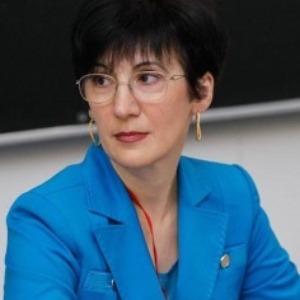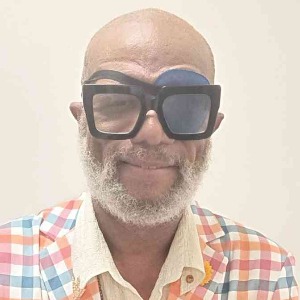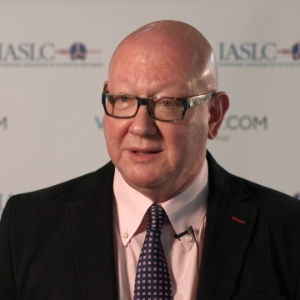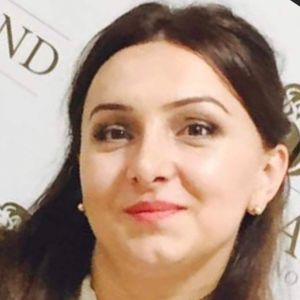Ultraviolet (UV) radiation is a type of electromagnetic radiation that is emitted from the sun as well as from artificial sources, such as tanning beds and lamps, and can cause a variety of skin conditions. UV radiation is divided into three types based on the wavelength, UVA, UVB, and UVC. UVA radiation has a longer wavelength and is present in sunlight all day long. It penetrates the epidermis and has a delayed effect on the body, resulting in wrinkles, age spots, and skin cancer. UVB radiation has a much shorter wavelength and is the primary cause of sunburns and skin cancer. It penetrates the epidermis more deeply than UVA radiation, and can cause a burning sensation and inflammation of the skin. UVC radiation is completely absorbed by Earth's atmosphere and isn't a concern. UV radiation has been linked to a variety of different dermatological issues. Sunburn, premature aging, increased pigmentation of the skin, photoallergy, photosensitivity, and skin cancer are all skin conditions that can be caused by chronic overexposure to UV radiation. Fortunately, there are ways to protect the skin from the harmful effects of UV radiation. Wearing sunscreen with a sun protection factor (SPF) of 15 or higher blocks out most of the UV radiation that can lead to skin damage. Additionally, wide brimmed hats, long sleeves, and sunglasses can help to reduce exposure to UV radiation. It is also recommended that people avoid exposure to artificial sources of UV radiation, such as tanning beds and lamps, which can be more dangerous than sunlight. By taking simple precautions like applying sunscreen regularly and avoiding unnecessary sun exposure, people can reduce their risk of developing any of the dermatological issues associated with UV radiation.

Irina Sergeeva
Novosibirsk State University, Russian Federation
Dave Ray
Dave Ray Enterprises., United States
George Sulamanidze
Plastic Surgeon at Clinic of Plastic and Aesthetic Surgery and Cosmetology TOTALCharm, Georgia
Sergei A Grando
University of California Irvine, United States
Nino Tsamalaidze
Ltd Karabadini+, Georgia
Lina Petrossian
California University of Science and Medicine, United States
Surajbala Khuraijam
Manipur Health Services, India
Shrutimita Pokhariyal
Symbio, India
Yasser Mohammed Hassanain Elsayed
Egyptian Ministry of Health, Egypt



Title : Paraneoplastic Autoimmune Multiorgan Syndrome or PAMS: Paraneoplastic pemphigus revisited
Sergei A Grando, University of California Irvine, United States
Title : Modern non-invasive methods for in vivo assessment of skin
Georgios N Stamatas, SGS, France
Title : Personalized and precision dermatology through the view of biodesign-inspired translational & data-driven applications: Revolutionary skin treatments for every concern in clinical dermatology integrating skin care experts and consumers
Sergey Suchkov, N.D. Zelinskii Institute for Organic Chemistry of the Russian Academy of Sciences, Russian Federation
Title : The next generation of threads: Lifting, volumization, and biostimulation in one powerful triple action
George Sulamanidze, Plastic Surgeon at Clinic of Plastic and Aesthetic Surgery and Cosmetology TOTALCharm, Georgia
Title : Lymphoproliferative diseases in the practice of a dermatologist
Irina Sergeeva, Novosibirsk State University, Russian Federation
Title : Comparative efficacy of omalizumab and dupilumab in children with Chronic Spontaneous Urticaria (CSU): A retrospective cohort analysis
Molynna Nguyen, University of Toledo, United States
Title : "Mirror mirror on the skin” — A low-cost community strategy to reduce melanoma disparities in Washington, D.C.
Kayla Sampson, Georgetown University School of Medicine, United States
Title : Vitiligo: Not just an aesthetic disorder
Mateja Starbek Zorko, University Medical centre Ljubljana, Slovenia
Title : Personalized and Precision Medicine as a unique avenue to have the healthcare model renewed to secure the national biosafety: Advanced skincare solutions in individualized cosmetology, reconstructive plastic surgery and the modern beauty
Sergey Suchkov, N.D. Zelinskii Institute for Organic Chemistry of the Russian Academy of Sciences, Russian Federation
Title : Efficacy and safety of CE ferulic and resveratrol serums after fractional CO? laser: A split-face controlled trial
Yu Shi, Shanghai Skin Disease Hospital, China